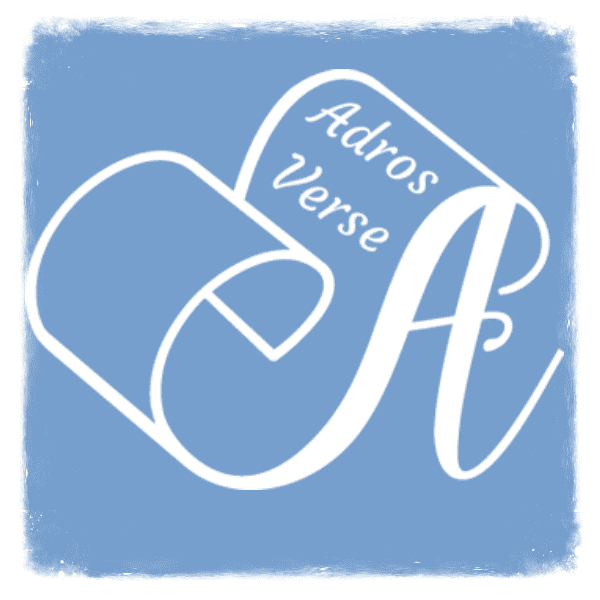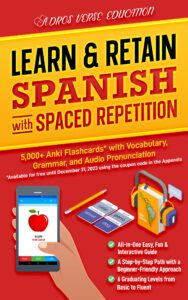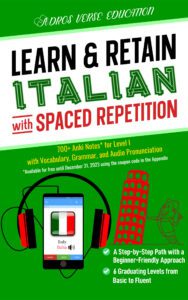1. Alphabet & Pronunciation
1.1. Vowels
2. Similarities to English
2.1. Capitalization
2.2. Negation
2.3. Punctuation & Written Accents
3. Gender & Plural
4. Cardinal Numbers
5. Subject Personal Pronouns
6. Present Indicative Tense I
7. The Articles
8. Interrogative Pronouns & Adjectives
9. Basic Phrases
1. Prepositions
2. Present Indicative Tense II – Irregular Verbs
3. The Verb “To Be”: “Ser” vs. “Estar”
4. Future Tense
5. Possessive Adjectives & Pronouns
6. Demonstrative Adjectives & Pronouns
7. Object Personal Pronouns
8. Relative Pronouns
9. Ordinal Numbers I
10. Times & Seasons
1. “Por” vs. “Para”
2. The Verb “To Know”: “Saber” vs. “Conhecer”
3. Indefinite Adjectives & Pronouns
4. Present Progressive Tense
5. Present Perfect Tense
6. Special Uses of “Haver” & “Ter”
7. Telling Time & Describing Weather
8. Adverbs
9. Directions
1. Degrees of Comparison: Comparatives & Superlatives
2. Past Tense: Preterite vs. Imperfect
3. Conjunctions
4. Reflexive Pronouns & Verbs
5. Time Expressions: Ainda, Já, Acabar, and Desde
6. Present Subjunctive Tense
7. Future Perfect Tense
1. Imperative Mood & Giving Commands
2. Simple Conditional Tense
3. Future Subjunctive Tense
4. Perfect Subjunctive Tense
5. Imperfect Subjunctive Tense
6. Past & Conditional Progressive Tenses
7. Interjections
1. Ordinal Numbers II
2. “Would/Should/Could Have …”
3. Pluperfect Indicative Tense
4. Pluperfect Subjunctive Tense
5.”Although” & “Despite”
6. Passive Voice & Impersonal “Se”
7. Diminutives & Augmentatives
The present progressive tense, similar to its use in English, describes an event that continues to take place in the present, e.g., “Eu estou falando” (I am speaking). It is formed by adding the auxiliary verb “estar” to the present participle, also known as the gerund.
The gerund is formed by attaching “-ando” to the stem of “-ar” ending verbs, “-endo” to the stem of “-er” ending verbs, and “-indo” to the stem of “-ir” ending verbs.
| “-ar” verbs | subject pronoun + “estar” in present tense + (verb stem+ ando) |
| “-er” verbs | subject pronoun + “estar” in present tense + (verb stem+ endo) |
| “-ir” verbs | subject pronoun + “estar” in present tense + (verb stem+ indo) |
The table below summarizes the conjugation rules of the three verb groups in the present progressive tense:
| -ar ending e.g., falar | -er ending e.g., comer | -ir ending e.g., partir | ||
| eu | estou | falando | comendo | partindo |
| ele/ela/você | está | |||
| nós | estamos | |||
| eles/elas/vocês | estão |
Examples
Here are some more examples in context:
| Eu estou comendo agora. | I am eating now. |
| Você está tomando café. | You are drinking coffee. |
| Ela está falando com a mãe. | She is speaking to her mother. |
| Nós estamos dormindo. | We are sleeping. |
| Eles estão nadando aqui. | They are swimming here. |
Other lessons in Level III:









